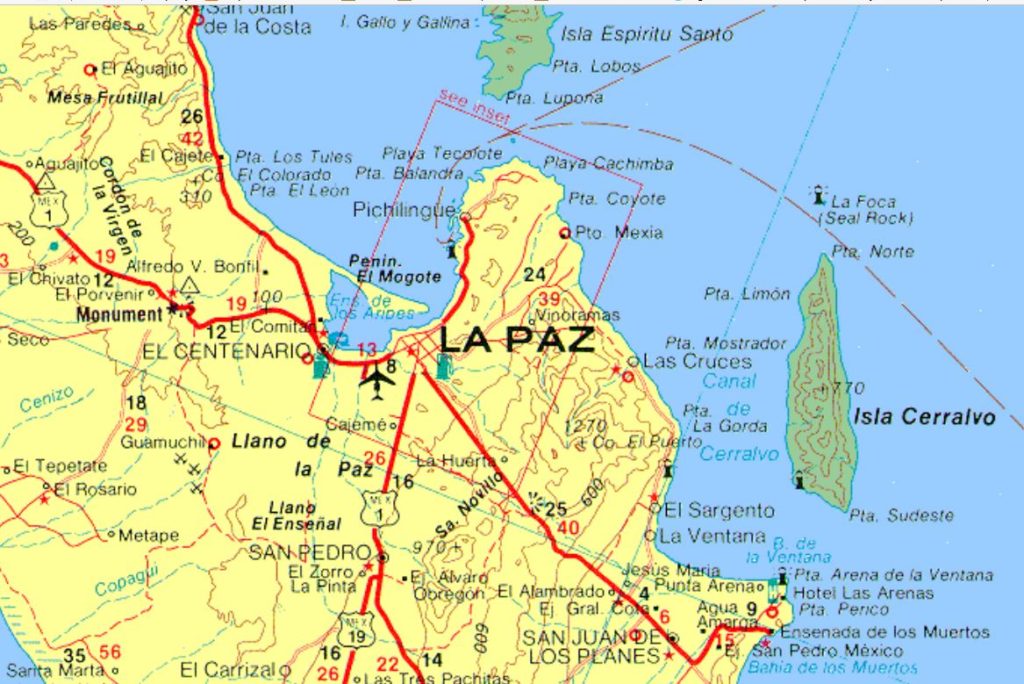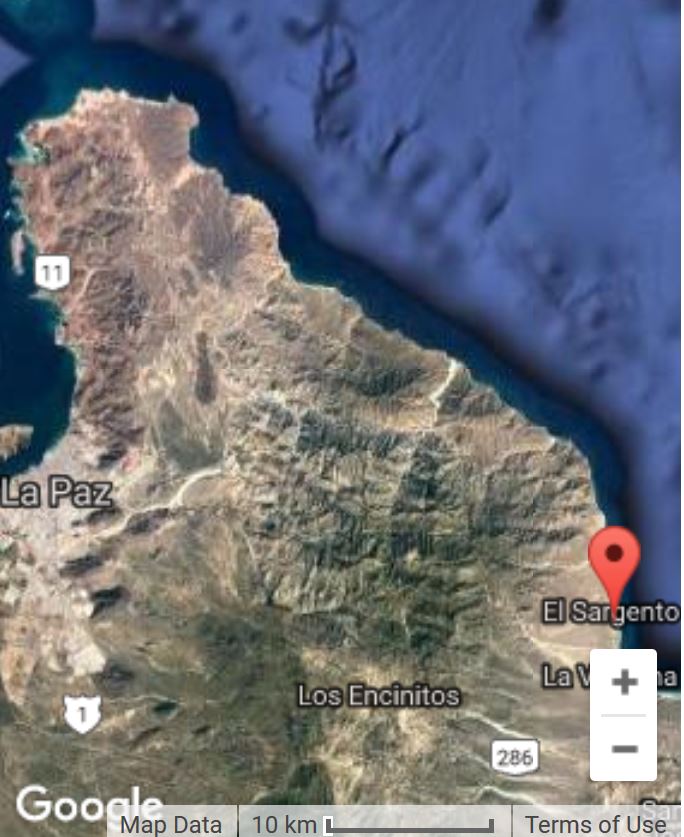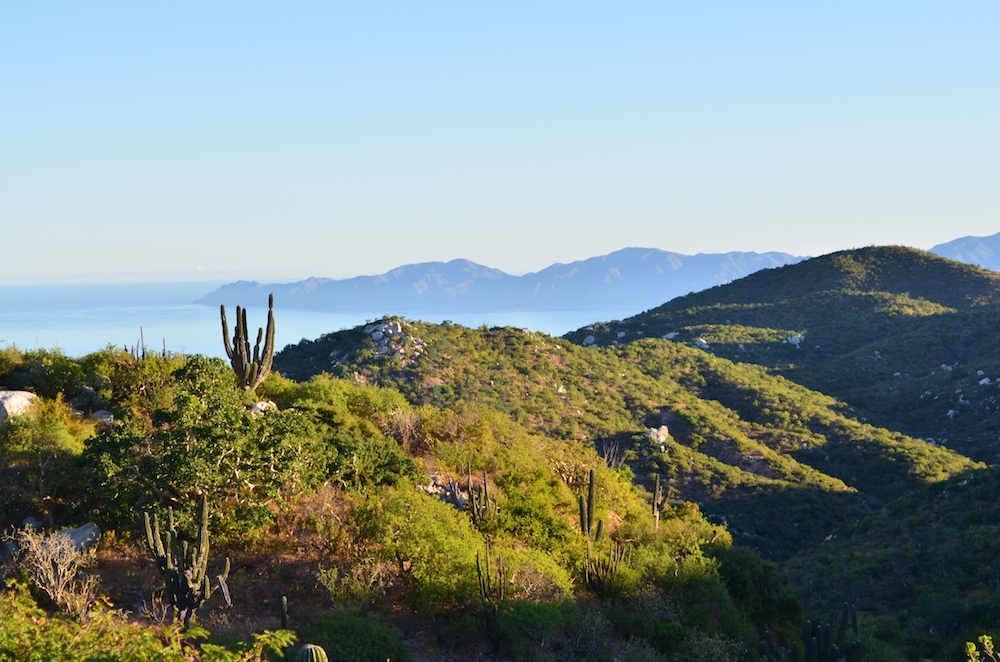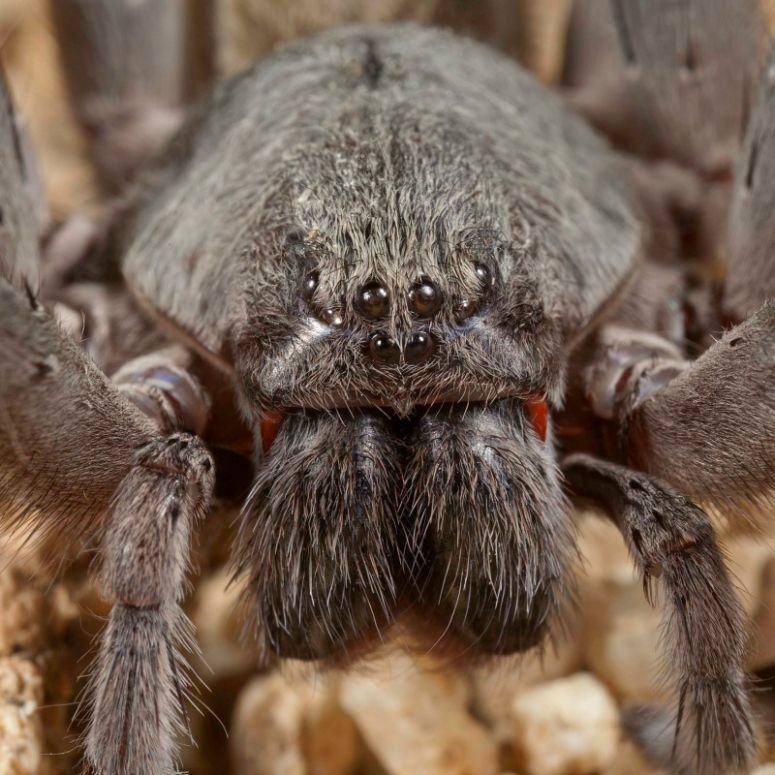The Sierra Cacachilas Mountains of Baja Sur, Mexico – Monday Map
Haunt of Hikers, Divers, and the Giant Spider Califorctenus of the Cacachilas
Situated between La Paz and El Sargento in Southern Baja
Before the 2017 announcement that a new genus of giant wandering spider was discovered there in an abandoned mine shaft, I had never heard of the Cacachilas Mountains, located in a relatively out of the way corner of Baja California Sur, the second-least populated state in Mexico.
As it turns out, the nearby sea coast is a popular place for scuba divers. And the Cacachilas themselves offer an expansive sunny landscape for hikers and burro riders who want to get away from it all and commune with some the wildlife. But don’t worry, the spider isn’t that venomous. And since it had gone undetected by science all these many centuries, it is safe to say you will likely never see one outside of a zoo, or perhaps an abandoned mine shaft.
Related Reading:





